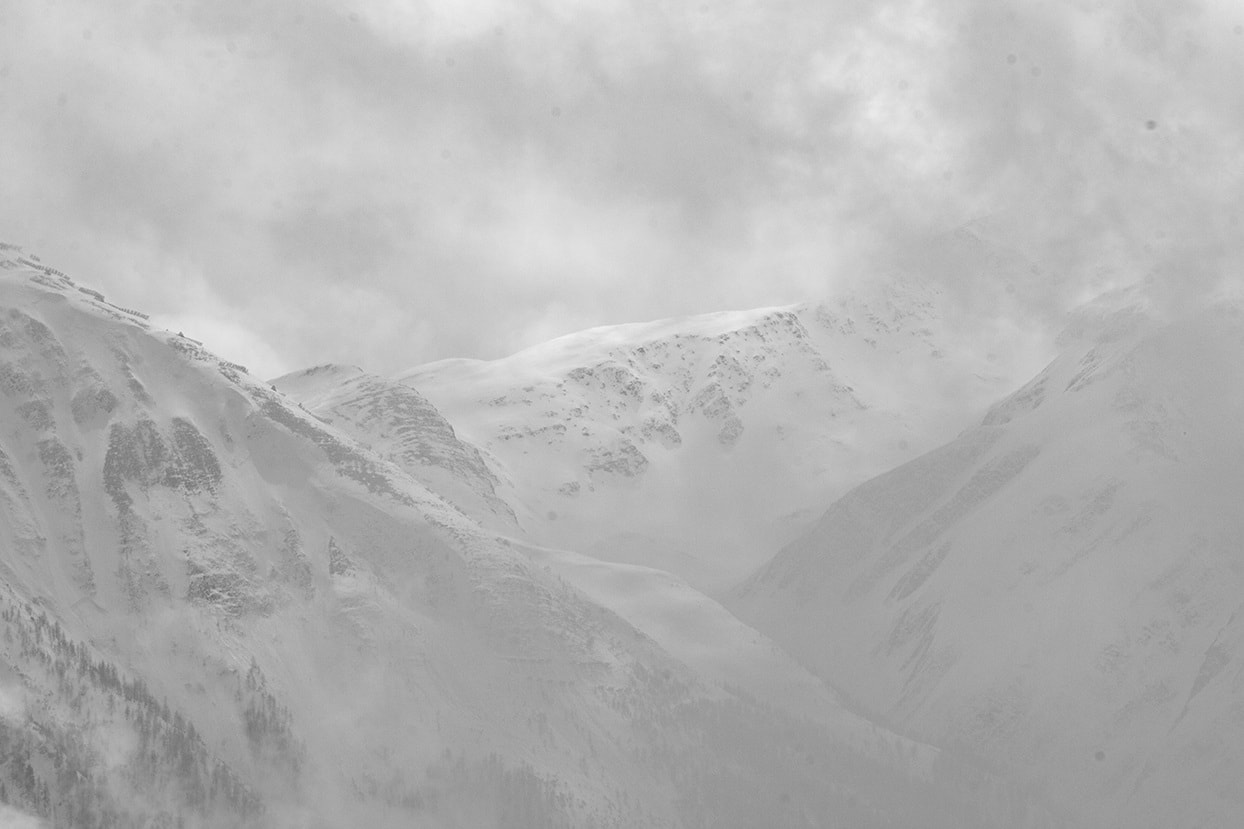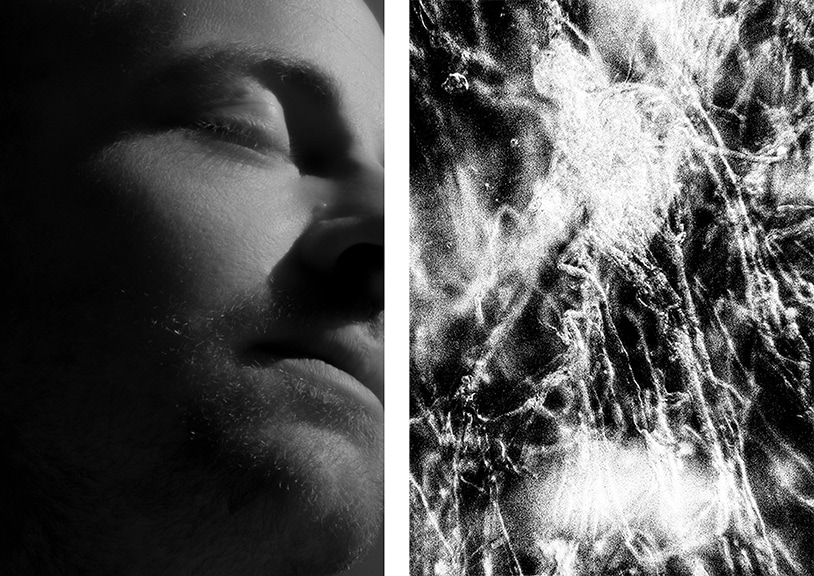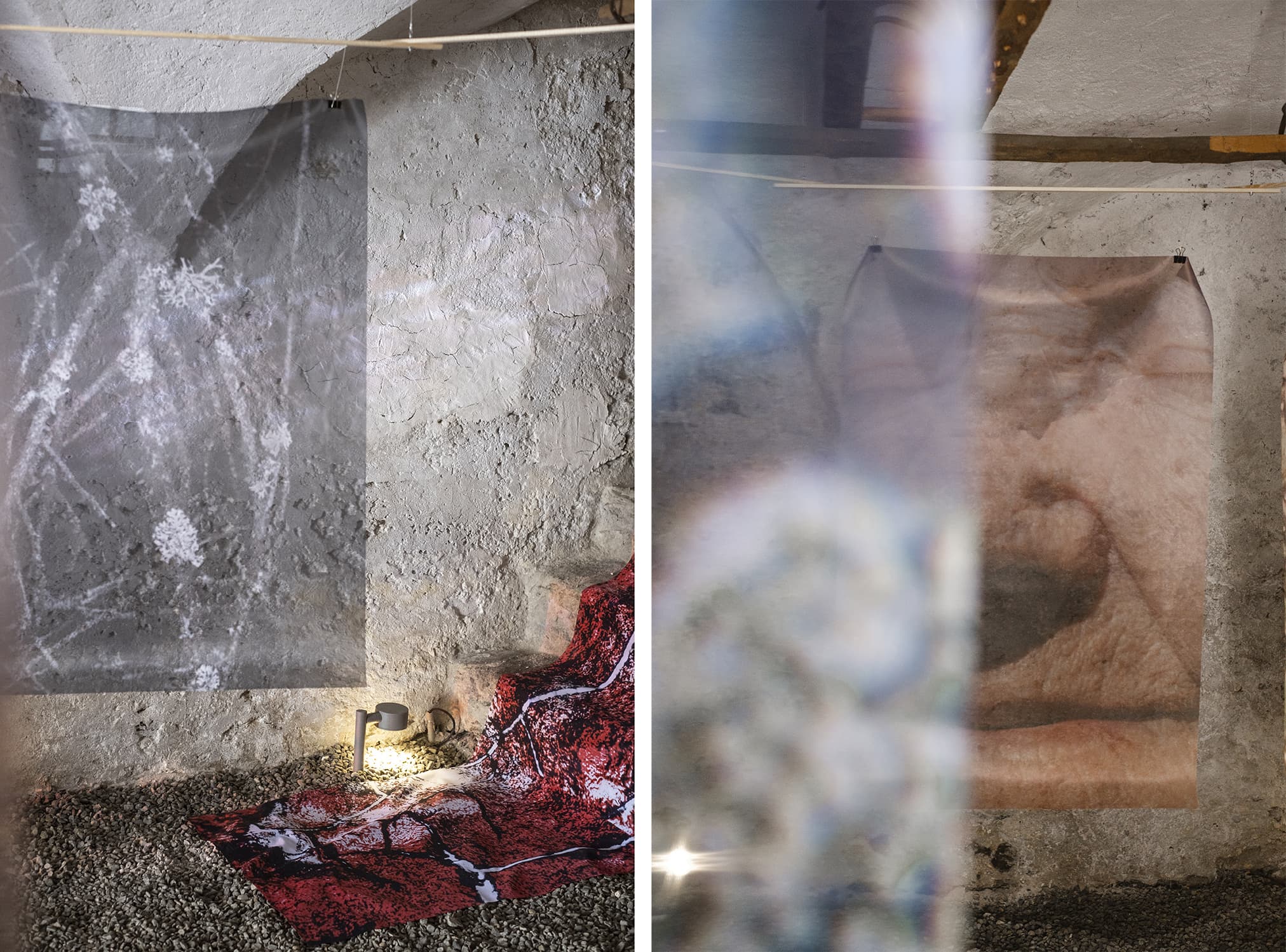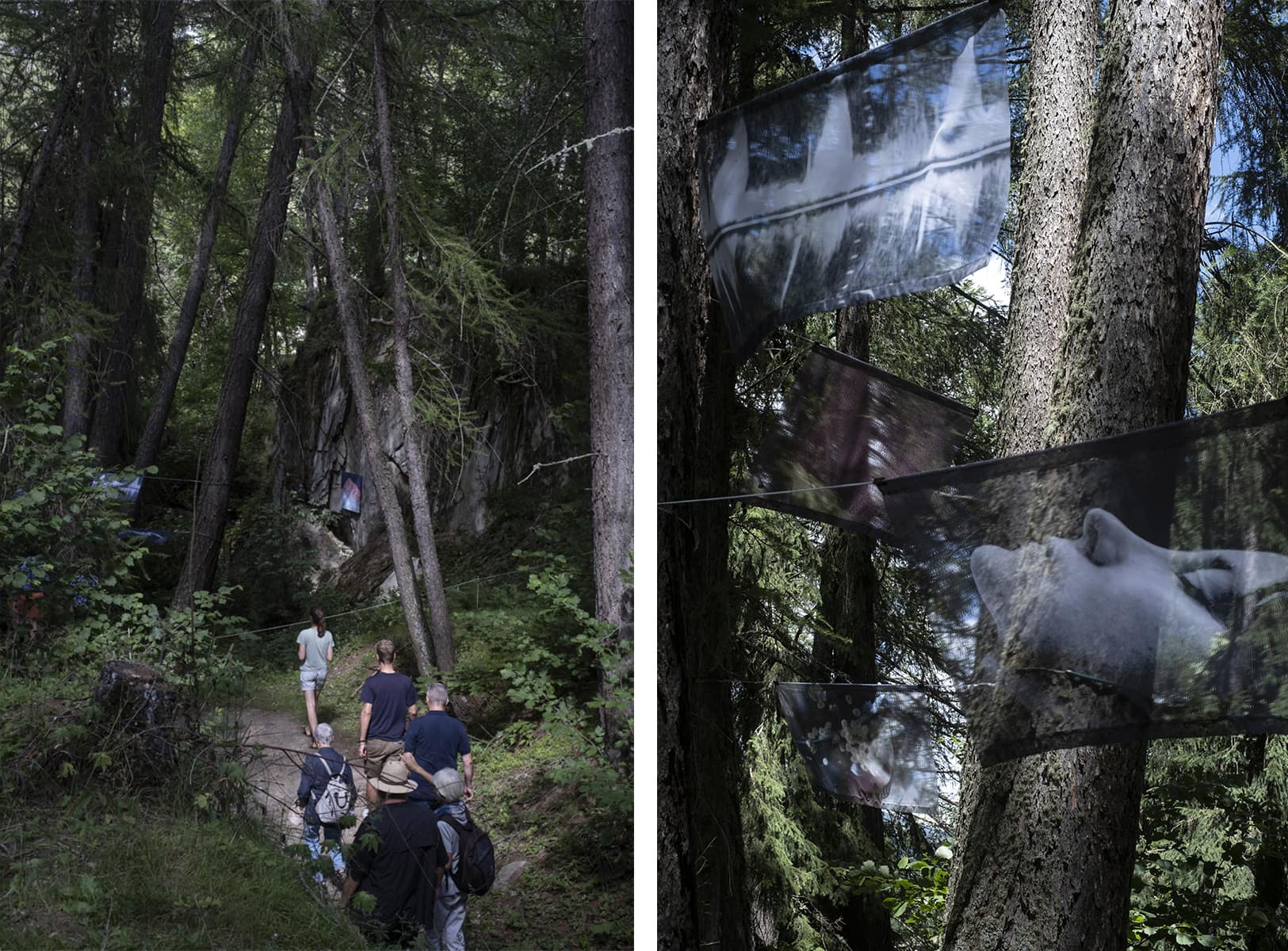A symptom of climate change | Fresco EP#2
Climate change is often associated with extreme experiences: severe droughts, intense heat waves, or floods, primarily caused by the burning of fossil fuels like coal and oil. We rarely hear about how this phenomenon can affect the bodies of those experiencing it. Peruvian photographer Alejandra Orozco conducted research in Switzerland on how these changes affect plants and directly linked it to how they impact people’s mental health.
By Luciana Demichelis
Yes, it’s affecting us in multiple ways. The list of difficulties keeps getting longer every year, and the challenge is knowing that there are still so many historical barriers we face daily that prevent us from thinking about the future and acting preventively.
The political imbalance currently experienced in Peru is also a significant trigger. The uncertainty of not knowing what will happen in the country in a few months, whether we will have a government that supports us or if there will be job opportunities or access to healthcare services, is highly destabilizing.
It’s challenging to think about resilience when we’ve grown up in a system that continually turns its back on us every chance it gets. Repeated corruption cases have created widespread dissatisfaction among Peruvians, evident in the social uprisings that have occurred since the end of last year. That has resulted in a significant fragmentation that weakens the possibility of seeking collective and sustainable solutions to climate change and leaves us less prepared for what lies ahead.

What information did you gather regarding how climate change and natural disasters can increase the incidence of mental health problems in affected populations?
I began to think about the possibility of losing your home in a fire or landslide, the shortage of primary resources, droughts, or exposure to high temperatures, which are some of the reasons that expose thousands of people to post-traumatic stress. Stress, after all, is nothing more than a chemical reaction that occurs in the body when the balance between a living organism and its environment is disrupted, initiating a series of chain reactions in the body.
The primary ways stress manifests in the body are hormonal changes, increased blood pressure, headaches, and stomach aches. Symptoms accumulate in the body and are often challenging to read between the lines. I believe that starting to read the body in the context of climate change provides a new way of understanding the problem. In the body, no reaction is isolated; what happens in one organ quickly has an impact elsewhere in the body. However, mental health is still considered a problem isolated from the physical, without understanding that we are a system of interconnected reactions.

Is there updated information on this topic?
Yes, climate change reports published in recent years are beginning to emphasize the importance of governments developing action plans for the mental health impact as they do for physical health, as these illnesses are becoming more evident. Furthermore, observing the body’s reaction to these adversities is also a new way of reading environmental changes, the chain reaction response of crops to pests, water channels irrigating fields, or glacial melting due to high temperatures. It’s about reading a body collectively and stopping thinking of the problem as isolated symptoms.
Have you presented this project on other occasions? Would you like to?
I have had the opportunity to exhibit this project twice in Switzerland. First, in 2022, as the conclusion of the SMArt residency. It was exhibited in Ernen, the communal hall of Jost Sigristen House, and Gallows Hill Forest. The exhibition is still on display in Villa D’Allese, also in the Canton of Valais in Switzerland, as part of the inauguration of the Sabine Rouiller Association, a center focused on mental health that provides safe retreat spaces for people going through difficult times. I liked the idea of taking the message to this space to raise awareness about the importance of this issue. In a few months, the work will be exhibited in Peru at the Centro de la Imagen in Lima as part of the SMArt program.


How do you feel about the lifestyles offered by the current system? Is there any way out?
As an artist, I’ve begun to feel that even our creative processes are becoming filled with the demands of the system in which we are immersed. Pleasure no longer comes solely from the emotion of creating a new idea; we’ve capitalized on our feelings to the point where we base our satisfaction on the commercial value given by the production system to which we have subordinated ourselves. And I see it not only in artistic production; it’s everywhere. I seriously believe this is making us sick. I see it in myself. I see it in those around me.
The pressure we exert on ourselves is so great that we cannot see solutions on a broader scale. We have become shortsighted to the possibility of seeking solutions beyond our benefit, hindering any possibility of creating richer ecosystems with room for everyone to grow. Perhaps the way out is there, in learning to look more closely at how what we do impacts the world we inhabit and that if we continue to ignore it, it eventually hits us in the face.
Do you plan to continue this project or feel it’s finished?
I want to keep exploring this topic. I had the opportunity to open this first door in Switzerland as part of my residency, but the more I researched the topic, the more I felt the need to develop it back home. So, I feel like I’m just opening a new chapter in this search.
Additionally, projects that come organically are an excuse to delve into very deep and personal questions. I increasingly understand that I arrived at this topic because I needed it in my story. Understanding the body as our connection to the world has been an opportunity to realize that the healing process can always start from the individual but will never be complete unless we can apply it to a collective body.
What are you working on now?
Well, I’m working on many stories in parallel. Sometimes, I feel like I’m opening up too much, but then I see the thread that connects my work, and it becomes clear that I always take the vulnerability of the body and the territory as a starting point, and everything makes more sense as a whole. On the one hand, I’m continuing to investigate the transformation of Chinchero, a town changing due to the construction of a new airport. As a result, I’ve started exploring the water situation in Cusco since Chinchero has some of the lagoons and wetlands that provide water to a significant part of the population. Living here, I’m very close to all these changes and their repercussions, so thinking about the impact this is having on anxiety levels and collective concern happens effortlessly because we are all experiencing it firsthand; we just need to put a face or a name to the symptoms to read them more clearly.


